
Battleship is a staple of almost any board game collection. Like most people, I’ve been playing Battleship since I was a kid and I still enjoy playing it with my family today. There is a lot of luck in Battleship, but it’s definitely a game where proper strategy will win out more often than not. These Battleship strategies will help you to sink more ships and win more often.
In general, the best Battleship strategies are using the ‘checkerboard’ method, gathering as much information as possible from every shot, and utilizing probability density. Defensive strategies include leaving space between your ships and placing ships vertically and asymmetrically.
Most of the strategies listed below have been algorithmically proven to help a player win Battleship more often, but some strategies come down to knowing your opponent. Some of these strategies can and should be used in every game, but you should be wary of becoming too predictable. I’ll go into how and why to apply these strategies in your own games of Battleship so that you can sink your opponent’s fleet.
Start with the middle of the board
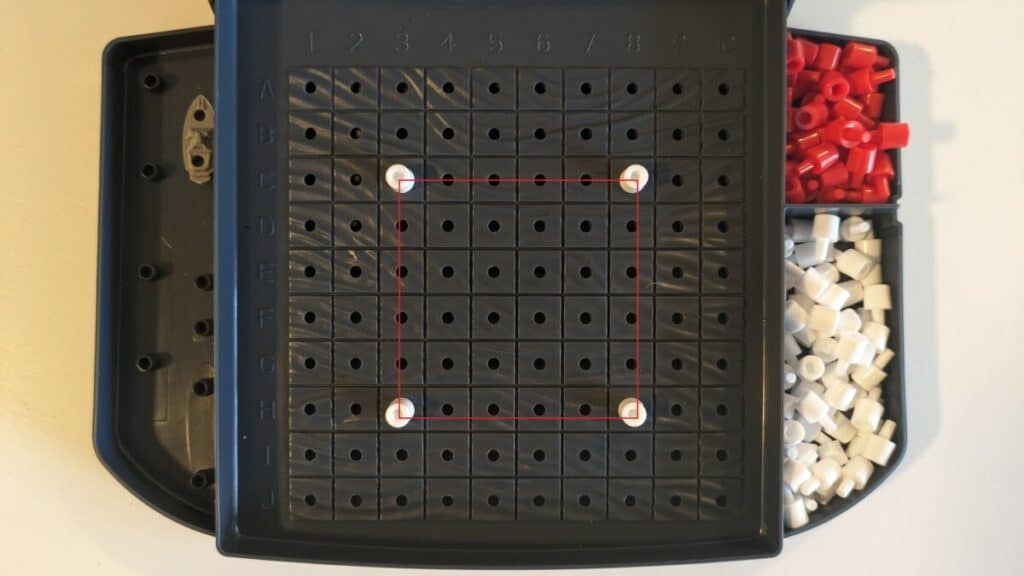
At the beginning of a game of Battleship, it’s hard to know where to start because you’re staring at a blank slate. However, squares near the middle of the board are mathematically more likely to contain an enemy ship. Central squares simply have more possible arrangements of enemy ships in which they can be occupied than peripheral squares do.
This does not mean to simply always guess the very middle squares of the board. Instead, you should tend to fire at more centrally located squares that also coincide with your broader strategy. This gives you a better probability of hitting a ship early than if you guess squares at random.
Use the ‘checkerboard’ method
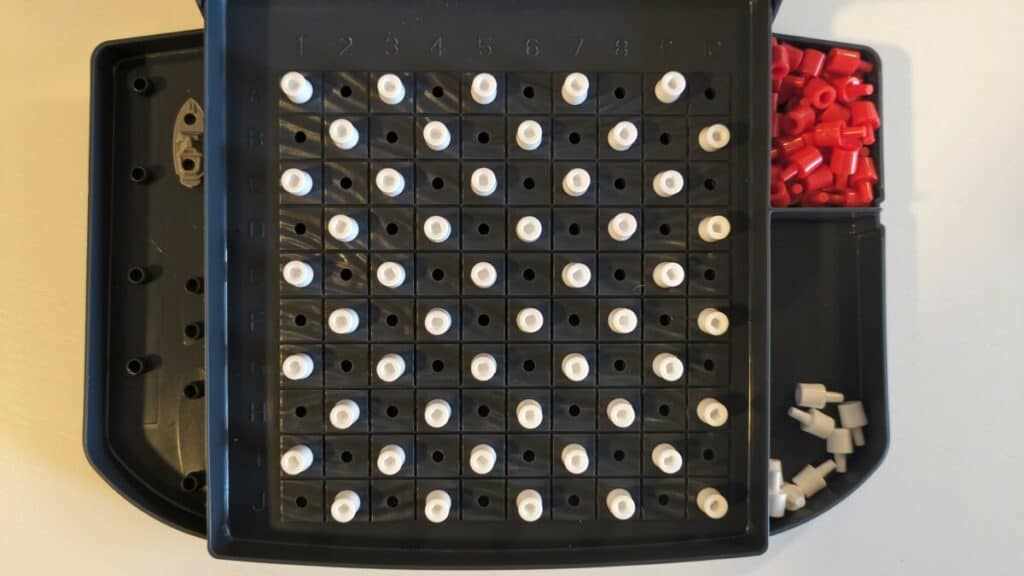
One of the most common and effective strategies in Battleship is the ‘checkerboard’ method which utilizes the concept of ‘parity’. This simple method of guessing reduces the overall number of possible searching shots (in which you’re hunting for a ship) by 50%.
To use this method, simply envision a checkerboard with alternating colors of squares. You guess squares of only one color, in diagonals across the board.
CHECK IT OUT: There are a lot of different version of Battleship for sale, but I really like the traditional version that I have (link to Amazon). It has the classic look and feel with compartments for all of the pieces.
The reason this method is effective is because the smallest enemy ship has a length of 2 squares. Therefore, we know that if we cover every other square on the board we are guaranteed to hit every enemy ship at least once.
Space your shots out if the destroyer is sunk
If you are lucky (or skilled) enough to sink the enemy Destroyer (of length 2) early on in the game then this gives you a huge advantage. Instead of continuing to apply the checkerboard method you can begin to space out your shots to every three squares, since no remaining enemy ships can fit between them.

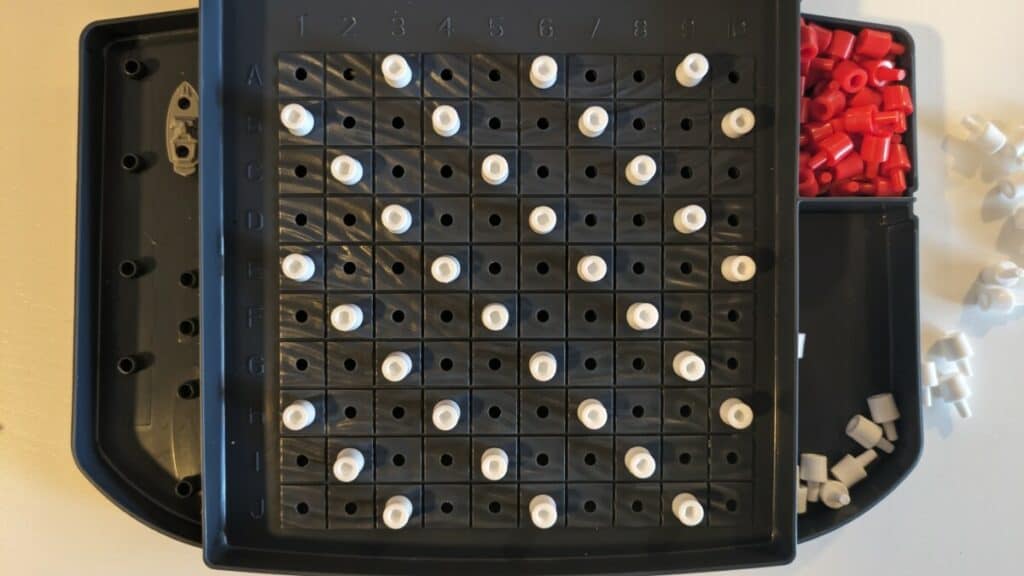
Some players begin the game by searching in this way since they can cover more territory in less time. However, this is risky because if they don’t happen to hit the destroyer they will have to do a lot of random guessing to fill in the spaces left behind.
Hunt for the Battleship with length 4 first
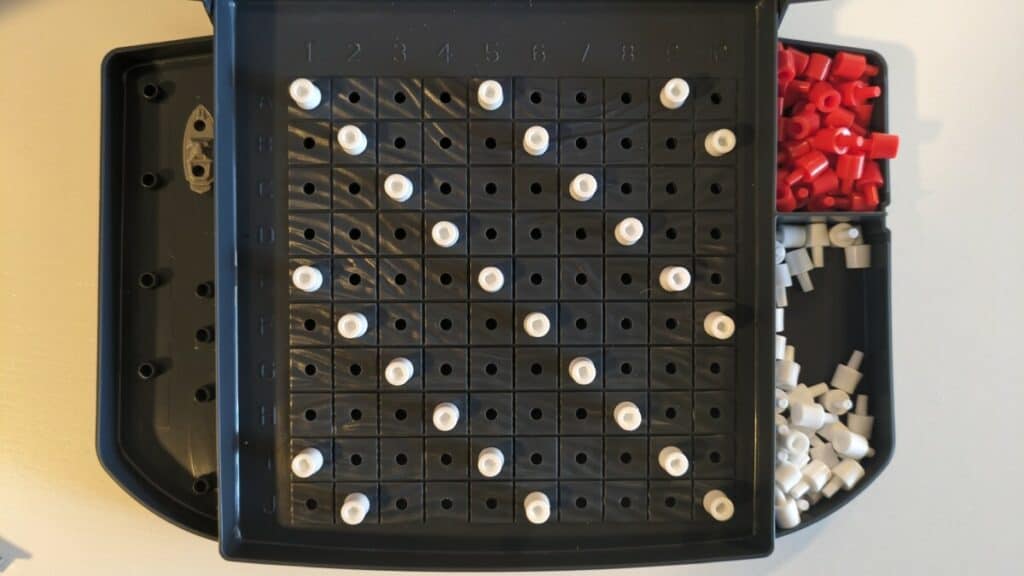
I have found that the best way to marry these two strategies is to search for the Battleship (with a length of 4 squares) first. Instead of directly applying the checkerboard method, search in diagonals spaced 4 squares apart.
This allows you to cover a lot of ground very quickly and guarantees that you’ll find the Battleship and Carrier while allowing for the possibility of also finding the other, smaller ships. If you don’t find the smaller ships then you can fill in the gaps left behind by completing the checkerboard method.
Use the concept of probability density
When computers are tasked with playing and winning a game of Battleship they apply what is known as a ‘probability density function’. This is a fancy way of saying that the computer figures out how many ways any remaining enemy ship could be placed on any given square. Squares that have more possible enemy ship placements are ideal next guesses because they are statistically more likely to contain a ship.
This short segment on YouTube explains the concept pretty well:
We aren’t computers, so performing this calculation on every turn would be tedious and time-consuming. However, you can usually do a very good approximation of this method by simply looking for large gaps in your guesses where ships could be present.

For example, in the example above the F5 square has the highest possible probability of containing a ship because the Carrier (of length 5) and every other ship could fit on that square in the maximum amount of configurations. Conversely, an empty square that is surrounded by previous incorrect shots has zero probability of containing an enemy ship because no ship can fit on just one square.
Gather maximal information from each shot
Utilizing this concept of probability density can be a huge advantage because it should guide your guessing strategy in the middle and late game. You should aim to use every shot as an opportunity to learn as much information about your enemy as possible. Fill in the gaps in your search grid by prioritizing squares with high probabilities and which eliminate other squares as possibilities.
Focus fire around ships that you have hit
When you first hit a ship, you should almost always prioritize sinking it before moving on with the rest of your search strategy. By eliminating a ship you get closer to your overall objective and it can help to shape your strategy for the rest of the game.
This is especially true if you haven’t sunk the smaller ships yet – most notably the Destroyer (length 2). If you sink the Destroyer then you can spread your searching shots further apart, giving you a huge advantage.
After your first hit, you should focus your next shots in cardinal directions all around it. Here, too, you can use probability to help your decision-making. If you hit a ship that is close to the edge of the board it’s usually best to move toward the center of the board on your next guess since there is more space there for the rest of the ship to occupy.
Place ships near the edge of the board
Most Battleship players instinctively tend to target the middle of the board, especially early in the game. You can use this to your advantage by placing some of your ships on or near the edge of the board where they are less likely to guess, especially early in the game.
I often like to place my ships on the row or column one square away from the very edge. This seems to be more effective than placing them on the extreme edge, where opponents are more likely to begin guessing once their efforts in the middle have been exhausted.

Leave space between your ships
One of the most widely used defensive strategies in Battleship is to avoid placing ships next to one another. By leaving space between them, your opponents are less likely to discover a second ship after hitting one.
Most players know to focus their shots around a ship they’ve already hit, so if two of your ships are placed next to one another there is a very high likelihood that if one of them is hit then the second will also be hit in short order.
There is a school of thought (that I used to ascribe to) that says placing ships so that they touch one another can be a good way to confuse opponents. However, I have found this to be not worth the risk in practice. Since you are required to declare that a ship has been sunk (and which ship it is) there is little for your opponent to be confused about once they have accumulated enough ‘hits’.
The one situation where placing ships next to one another might be advantageous is when the second ship remains unharmed. Players are less likely to guess squares that are directly adjacent to a sunken ship, which leads me to my next tip.
Don’t target spaces next to sunk ships
Most Battleship players know that it’s generally a good idea to space their ships out instead of placing them next to one another. Therefore, if you sink a ship it’s usually best to prioritize guessing squares that aren’t directly adjacent to it.
This can sometimes backfire, especially if your opponent notices this trend in your play. Still, as a general rule, you’ll usually be better off guessing other squares, all else being equal.
Place your ships asymmetrically
As humans, we have a natural tendency to like arrangements that are evenly distributed. They’re more visually satisfying and natural for us to create. You can see this when players place their ships in Battleship – most arrangements tend to have ships that are fairly evenly distributed across the board.
You can often gain a significant advantage by going against this natural tendency. Unevenly distribute your ships on one side of the board, or towards one corner. Leaving large gaps on the board can be frustrating and confusing to your opponent who will feel like there must be a ship in a large, vacant area.
Again, this is a strategy that you must be careful not to overdo. If you play two or three games in a row against one opponent they may learn that you tend to cluster your ships in one area of the board. They could then focus on the area surrounding any ship that they happen to hit with a higher likelihood of finding your other ships.
Take note of your opponent’s tendencies
You should remember any tendencies that your opponent displays when placing their ships and guessing their squares. Most players have habits that they follow in every game, whether conscious or not.
For instance, my wife knows that I like to start near the center of the board so she has started placing her ships towards the edges. I have countered by starting my games with guesses further towards the periphery than I would normally like. Similarly, I know that she almost never places her ships touching one another, so I won’t guess spaces directly next to a sunken ship unless absolutely necessary.
Vary your guesses from game to game
Using the same guessing strategy in every game can be easily exploited by an experienced player. If you always start at the very center of the board and branch out in predictable diagonal patterns then it won’t take long for your opponent to simply avoid placing their ships on those squares.
Instead, have an idea of what your search pattern will look like and fill in those spaces seemingly at random. This way you still have a plan and a system, but it’s harder for your opponent to know when and where you will strike.
Place more ships vertically
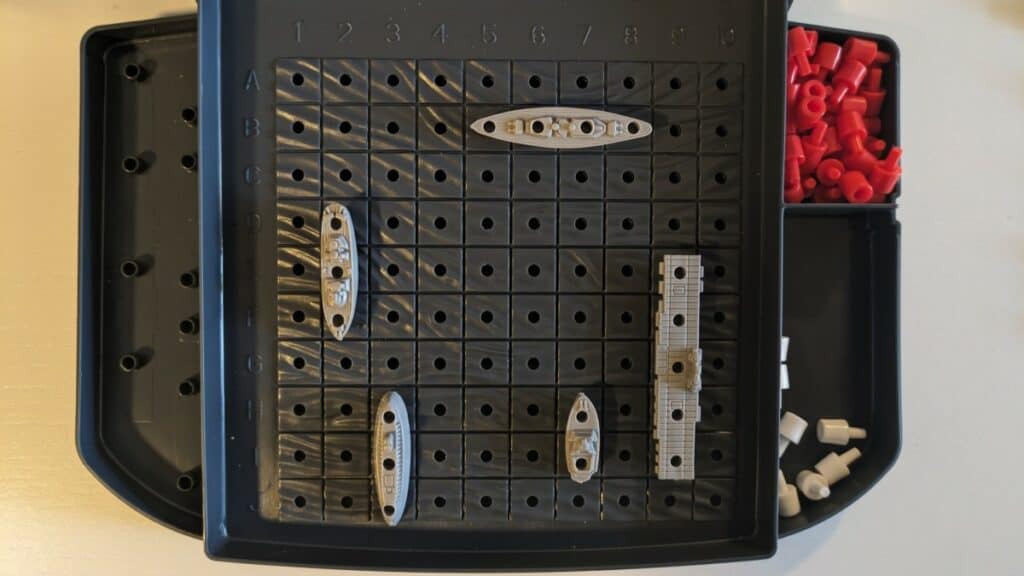
One last tip is that I have noticed players have a tendency to look for horizontal gaps on their board before vertical ones. This is likely because we read horizontally and our eyes are more used to scanning for information that way.
You can use this tendency to your slight advantage by placing more ships with a vertical orientation instead of a horizontal one. For example, try placing 3 or 4 ships vertically with the remainder horizontally. This way you aren’t overly predictable and you are taking advantage of your opponent’s natural proclivity to fill in horizontal gaps before vertical ones.
Thanks for reading! If I missed something or you have your own opinions, please drop a comment below.
What is thr benefit of along out first in hand? Seems to me like you would never want to assume…
Your strategy comments are excellent, well thought out and very helpful! Thank you
You would only get to draw and play a Sanctuary card on turn two of round one if the Region…
Rule question. If in phase one of round one I play a Region card with a Clue symbol at the…
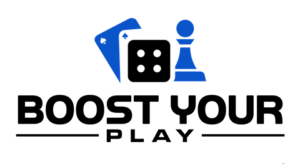
Leave a Reply